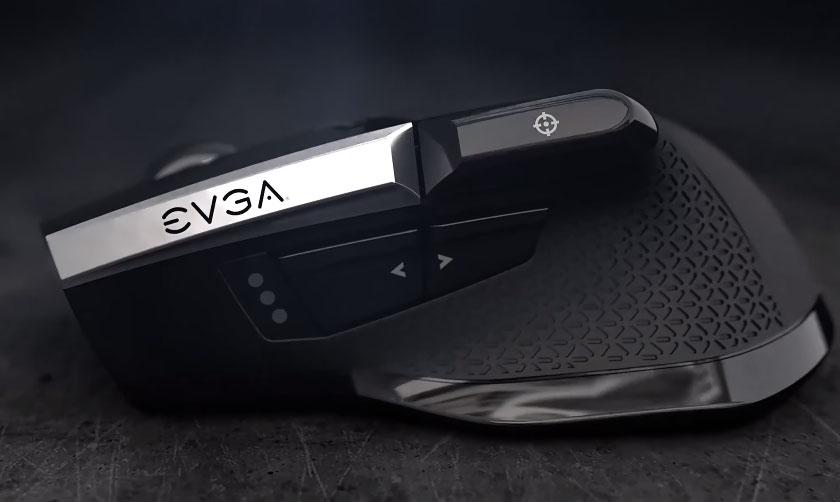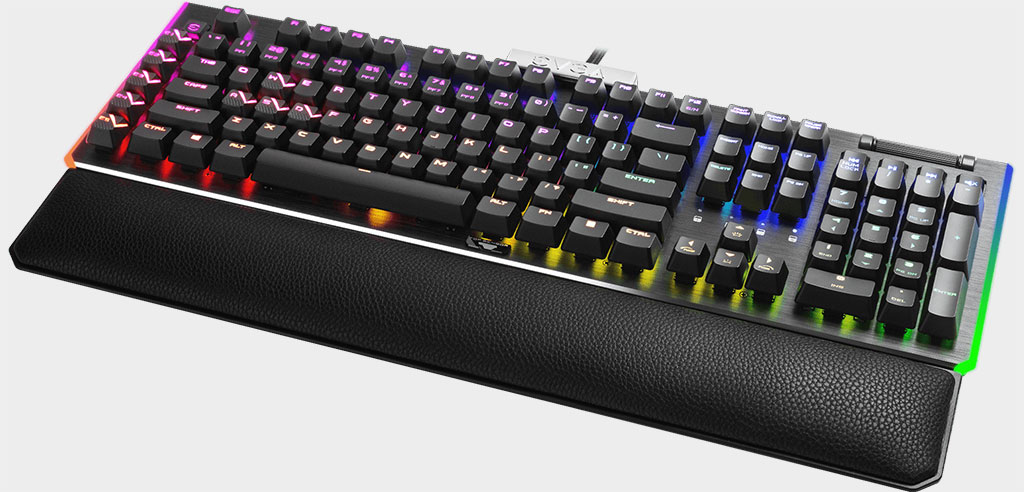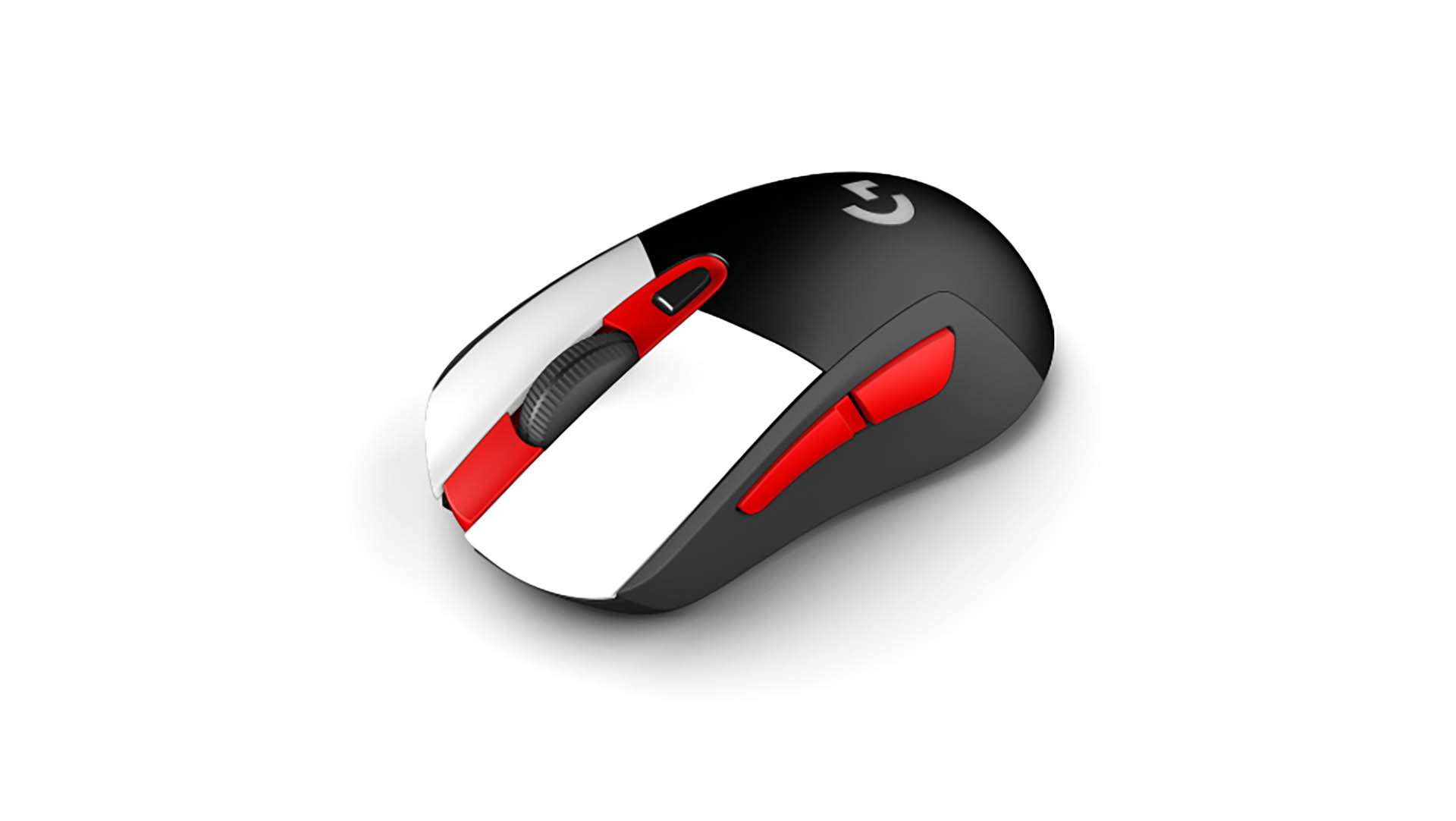EVGA launches 4K Hz keyboards and the first triple-sensor 8K Hz gaming mice
EVGA’s new keyboards and mice bring the hertz to the competition.

EVGA is out there trying to make us feel pedestrian with our gaming mice and keyboards, because its new peripherals—X series mice and Z series keyboards—promise more precise control through hyper inflated response rates. Let's start with the mice, because I can't stop watching the company's related hype video.
A 32-bit Arm Cortext-M33 chip powers two of the three new mice, the wireless X20 and wired X17, the latter of which supports a native 8,000Hz report rate (or polling rate, as it's commonly referred to). That is eight times higher than most standard gaming mice and refers to how often a mouse reports its position to the PC.
Mice with a 1,000Hz polling rate report their position 1,000 times each second, or every millisecond. EVGA's X17 bumps that up to 8,000 times each second, or every 0.125 milliseconds. Sounds impressive on paper, but whether it makes an actual difference in gameplay, we'll reserve judgement until we've had a chance to spend some hands-on time with these new rodents. We have tried the Razer Viper 8K Hz, which also boasts the same polling rate, and it the impact in games isn't immediately obvious.
EVGA is also billing its X20 and X17 as the world's first triple sensor mice. This comes by way of two LOD (lift-off distance) sensors on both mice instead of one, paired with a Pixart 3335 optical sensor on the X20 and a Pixart 3389 sensor on the X17.
"This system uses a triple sensor algorithm to detect the position where you lift the mouse off a surface and put the mouse back down, achieving the shortest and most accurate lift-off distance. EVGA's 3-Dimension Array Tech algorithm can detect within a minimum of 0.4 mm to a maximum of 3 mm from the mouse to the surface, dynamically adjusting the best power-off height," EVGA explains.
Other features of the wireless X20 include a 16,000 DPI, 10 buttons, and three-zone RGB lighting. It is available in black or gray for $120 ($60 for Elite members). As for the wired X17, it also boasts a 16,000 DPI, 10 buttons, and RGB lighting, and adds an adjustable weight system. It is also available in black or gray, priced at $80 ($40 for Elite members).
The X15, meanwhile, doesn't offer any LOD sensors, but features the same Pixart 3389 sensor as the X17 and 8,000Hz polling rate, and has twice as many buttons, making it suitable for MMO gaming. There is no mention of a price or release date.
The biggest gaming news, reviews and hardware deals
Keep up to date with the most important stories and the best deals, as picked by the PC Gamer team.

Moving on to the keyboards, EVGA has launched two new decks, the Z20 and Z15. EVGA's main bragging point for both planks is a 4,000Hz report rate, compared to 1,000Hz as found on most performance keyboards. This translates to a 0.25ms response time. Like the hyper-responsive mice, this is something we'll have to test to determine if it makes a meaningful difference in gaming.
Perhaps more useful, the Z20 also sports a special TOF (time of flight) proximity sensor on the front, below the right-Alt key. Assuming it works as advertised, the keyboard will go into sleep mode when you get up and walk away, turning off its backlit LEDs in the process, then wake up when you sit back down. I'm not aware of any other keyboard equipped with a proximity sensor.

Best gaming mouse: the top rodents for gaming
Best gaming keyboard: your PC's best friend...
Best gaming headset: don't ignore in-game audio
Other features include a column of five macro keys, a dedicated volume wheel and media keys, USB pass-through, 4D bump keycaps for the WASD keys (they have little bumps on them to make them easy to feel and find), and optical-mechanical key switches.
The K20 is available with dark gray (linear) or light gray (clicky) key switches, priced at $175 ($88 for Elite members).
As for the Z15, it lacks a proximity sensor and trades optical-mechanical switches for hot-swappable mechanical ones, meaning you can remove the entire switch if you ever need or want to. There are two switch types available—Kailh Speed Silver (linear) and Kailh Speed Bronze (clicky), both priced at $130 ($65 for Elite members).
Paul has been playing PC games and raking his knuckles on computer hardware since the Commodore 64. He does not have any tattoos, but thinks it would be cool to get one that reads LOAD"*",8,1. In his off time, he rides motorcycles and wrestles alligators (only one of those is true).



